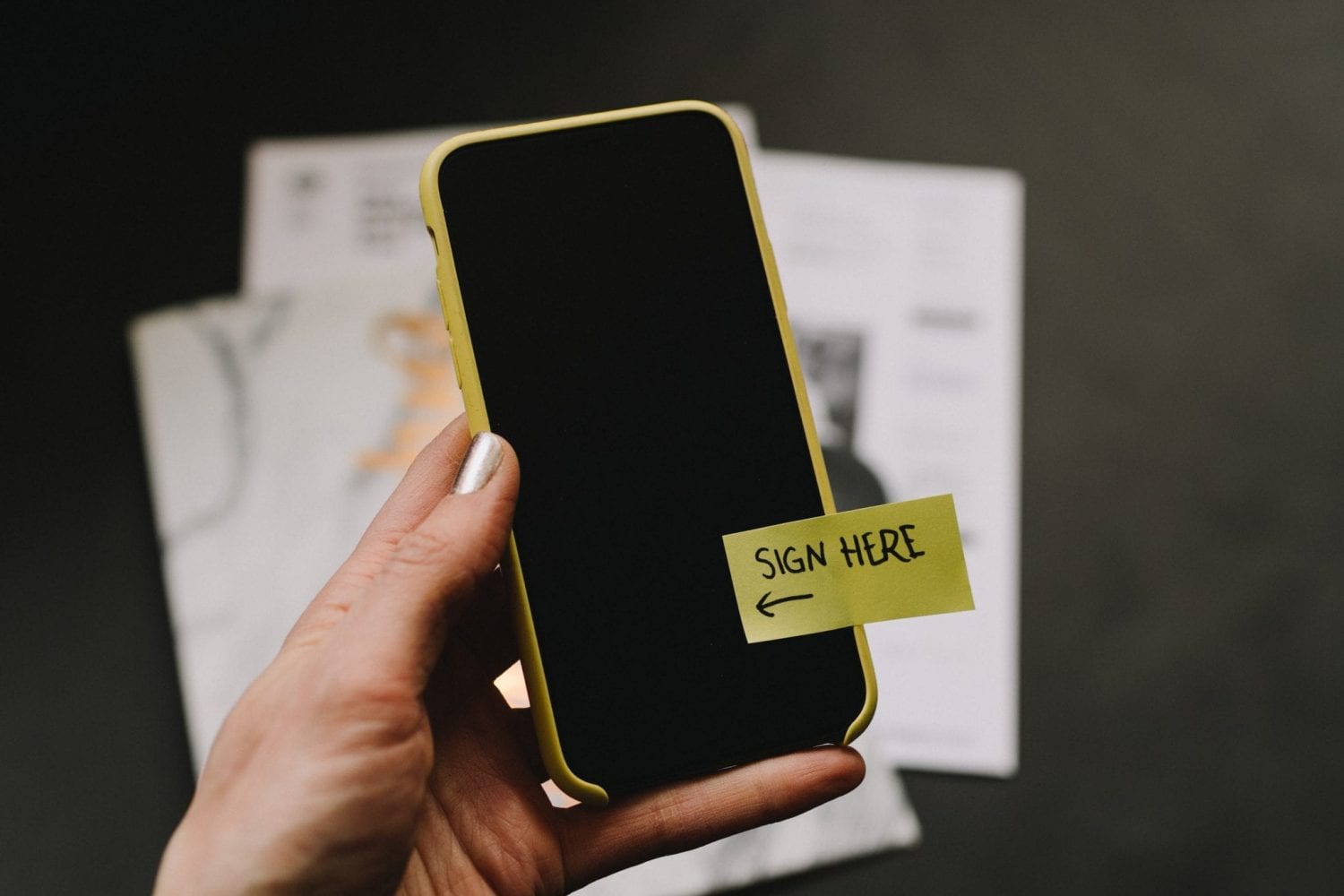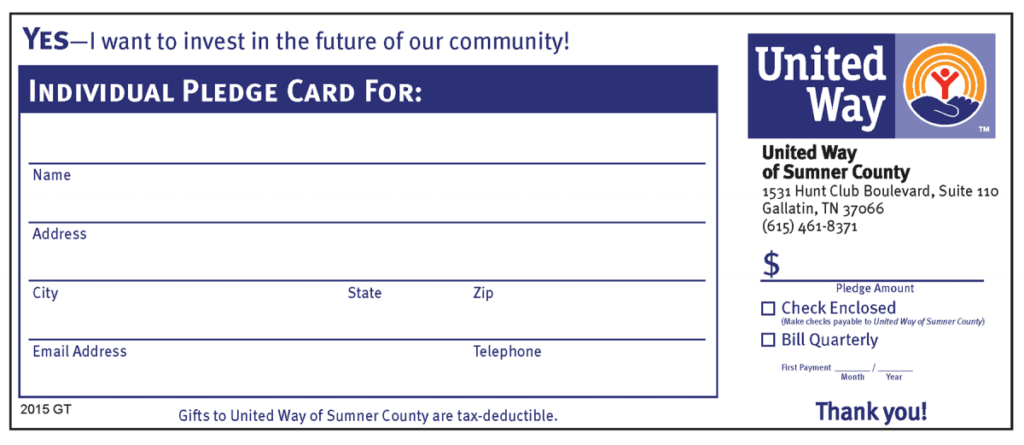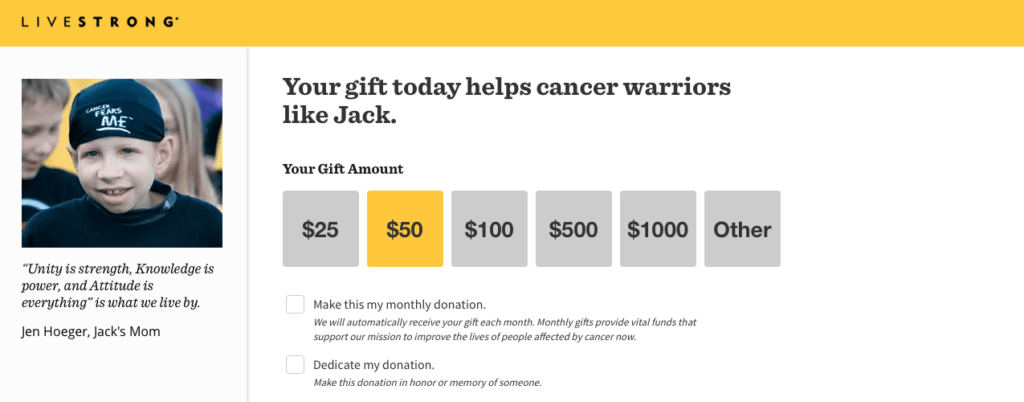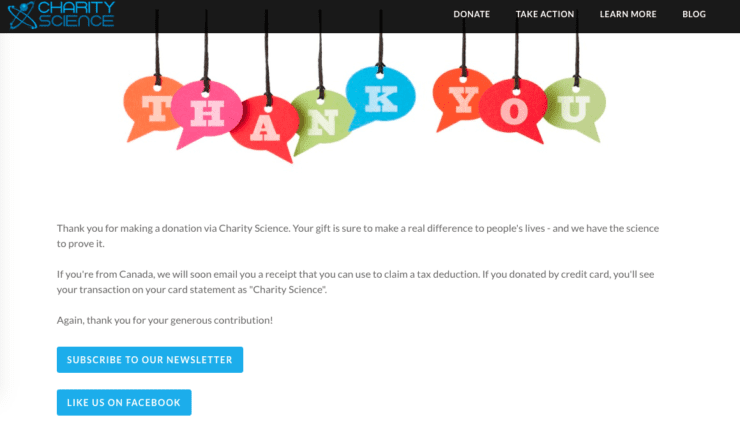6 Ways to Get More from Your Pledge Fundraising
Learn how to make your pledge forms more effective, reduce your number of incomplete pledges, and work SMS into your overall communications strategy.

Learn how to make your pledge forms more effective, reduce your number of incomplete pledges, and work SMS into your overall communications strategy.

If you’ve ever attended a nonprofit event, you know how powerful they can be. From gripping impact stories to compelling guest speakers, it’s hard to leave the event uninspired.
Rather than ask your audience to pour their enthusiasm out onto their checkbooks, pledge forms are a great way to bottle a donor’s readiness to give in a way that yields a more effective payout over time.
When used correctly, pledge forms are really the ultimate donor tool.
So, in order to make sure you maximize your pledge-based donation strategy, we’ve got some insider tips and tricks sure to add an extra 0 or two to your total annual pledges.
The benefit of pledges is that they allow a donor to pay later. This delay, however, can sometimes result in a loss of momentum for donors who want the gratification of immediate impact. To balance this out, it’s a good idea to layer in a sense of urgency to your pledge appeal that calls donors to act now and pledge their support.
The best-performing agents of urgency, however, are those that have a positive spin. For example, if you tell your donors that animals will die every minute they don’t donate it can be a little heavy and make them feel like the issue is too big for them to solve. However, if you share that a corporate donor is willing to match the pledge amounts made today up to a certain dollar value… that’s a great way to drive more pledges!
Other examples of positive urgency include offers of a product or gift in exchange for a pledge, or impact statements that correlate to what a donor does by pledging X amount of money.

As fellow data collectors, we understand the temptation to ask people to fill out as much info as possible on a form. However, when it comes to pledges, to keep it simple is to reduce the amount of halfway filled out pledges. Especially when it comes to paper and pencil pledge forms distributed at an event.
In order to give your pledge cards the best shot at completion, keep your forms simple. We recommend having a space for names, email, mobile number, and desired pledge amount. Any follow up information like address or how they heard about your NPO is optional and can be asked for retroactively.

While donors can always choose how much they’d like to pledge, best practice encourages you to include several suggested donation amounts. These tiers help donors understand the cost of creating change within your nonprofit.
However, your nonprofit grows and evolves year after year, and your donation needs should as well. That’s why you might consider a change to your donor tiers. The recommended amount of tiers is between four and six. It’s best to set your tiers based on your average donation amount. However, if you don’t have that data handy, you can base it instead off of the national average pledge amount of $78.

It’s important that some of these tips make your life easier as well. And managing pledges can be a little bit of a logistical headache. Automated pledge reminders can help you and your donors stay on track with a fraction of the effort.
To have this system in place can also drastically cut down on the number of unfulfilled pledges (another bane of donor relations existence!) If you’re looking for an easy system for automated reminders, consider SMS! With our autoresponder and scheduling features you can set and forget pledge reminders at the recommended intervals of one week before the deadline, two days after a missed deadline, one week after a missed deadline, and two weeks after a missed deadline!
It can be frustrating when pledges go unfulfilled, but sometimes life gets in the way. What’s important is how you react. Without being too pushy, create a separate follow up strategy for “cold” pledge leads. Include some basic research (find out why they couldn’t complete their pledge) and encourage them to get involved again.
Try to tap into the sentiment of the messages that inspired their original pledge. That will lend some insight into what inspired them to give in the first place. From there, you can work to ignite that spark once again!
When a donor pledges to support your nonprofit it’s because they’re excited about and believe in the work you’re doing. It’s important to maintain their enthusiasm if you want to see strong donor retention.
It’s a good idea to create a pipeline of updates unique to pledge supporters that keeps them up to date with your organization. Share impact stories and capitalize on the opportunity to thank them for their continued support.

It’s all too easy to fall into the patterns of what your nonprofit has done year after year. Especially when it comes to fundraising. While change is intimidating, small steps like the ones above can be a welcome advancement in the eyes of donors.
What we often forget is that, from a donor’s perspective, your organization may become stale over time. No matter how valuable your mission is. This unfortunate truth can be counteracted by efforts to stay fresh and demonstrate growth. This kind of cutting edge behavior instils donor’s trust in your cause. It shows that their investment in your mission is going towards an agile, adaptive, and capable team!
For more nonprofit marketing and fundraising tricks like this, check out our guide to sms marketing for nonprofits!
Meghan Tocci is a content strategist at SimpleTexting. When she’s not writing about SaaS, she’s trying to teach her puppy Lou how to code. So far, not so good.
More Posts from Meghan TocciThe Guatemalan Mayan Center’s mission has been focused on empowering victims of violence and building community since 1992. Here's how they use SimpleTexting to stay connected to their community.
ReadStarting from scratch can be tricky. That's why we gathered some resources to help you write the perfect nonprofit marketing plan.
ReadStart a text marketing campaign or have a 1-on-1 conversation today. It's risk free. Sign up for a free 14-day trial today to see SimpleTexting in action.
No credit card required